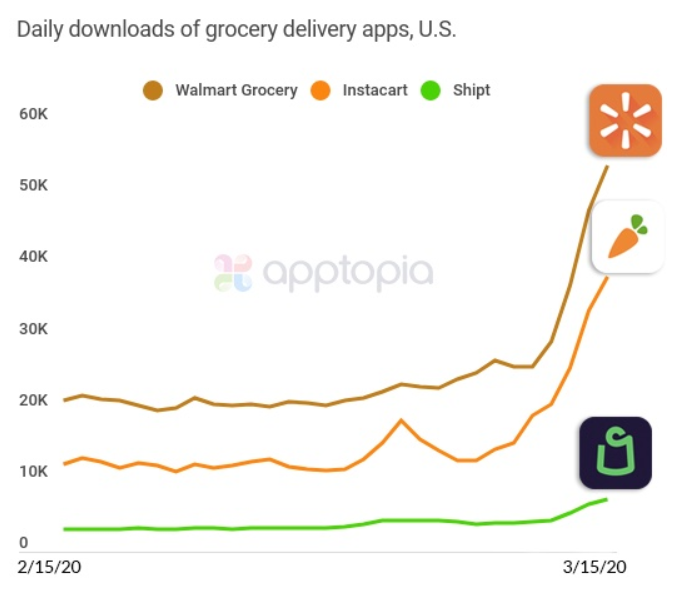
The evolution of digital technologies has revolutionized industrial companies across the world. As per the International Data Corporation (IDC), worldwide spending on the technologies and services that enable the digital transformation (DX) of business practices, products, and organizations is forecast to reach USD 1.97 trillion in 2022. Companies are expected to invest USD 1.25 trillion in 2019 in digital technologies in the hope of speeding up production processes, improving quality management, easing knowledge sharing, advancing the reliability of the supply chain, and, ultimately, increasing productivity.
Digitalization has focused on but not been limited to big data, cloud computing, e-commerce, Artificial Intelligence (AI), Internet of Things (IoT), robotics, and 3D printing. It is pervading all areas of industry. While companies expect to see a significant return on their investment (ROI), many find obstacles prevent them from making the best use of the digital technology they have introduced.
Based on conversations with senior leaders at myriad organizations to discuss a data-driven decision-making approach, the dss+ team noticed many of the same challenges kept being mentioned about digitalization.
Here, dss+presents five key questions to optimize your company’s digital transformation.
1. Once you are ready to invest in digital, how do you prioritize where to invest?
Numerous organizations are charting their digital roadmap – whether on a small or large scale. They are cognizant of industry trends and disruptions caused by technological advancements.
For example, most of them now understand that analytics play a vital role in informed decision-making, and are trying to build something based on such an approach. But contextualizing this to their organization has been a challenge. For example: Should a company apply analytics to monitor plant operations risk management? Or asset reliability? If so, how easy is it? Where to start? Does it make sense to buy sensors/IoT or is it better to start with the simple visual analytics which requires less investment? Which technology should be used?
Investments an organization makes to design and implement their digital strategy must align with the broader vision, and the regional or departmental objectives. Business criticality, process maturity, and digital maturity play a vital role in prioritizing the overall challenges and possible digital interventions.
Many organizations fail to take this path while prioritizing their digital pipeline. Some organizations such as Netflix, Alibaba, and Adobe, have been very meticulous in strategizing and executing their digital roadmap. A closer look at the way such companies charter their digital journey may inspire other organizations with regards to the various possibilities and best practices.
2. Is there a clear business benefit and ROI?
How much will be saved in cost, time, and human effort? Does this investment make sense in terms of ROI? This point is very important and must be looked at both from the short-term and long-term perspectives. Some investments may seem costly in the short-term, but their long-term benefits may be priceless.
For example, adopting technology to capture near-misses which are generally not recorded in many organizations might seem like a trivial investment. But over time, the patterns emerging out of this process may become guiding factors in formulating the organization’s safety and risk management strategy, and may serve as guardians of the existing safety management systems.
Likewise, in some cases of corrective versus preventive maintenance, there may be a few situations where a corrective approach gives better ROI comparatively speaking. In such events, moving to a predictive system is not required.
The bottom line is that a transparent and logical assessment of business benefit is necessary. In some cases, a good domain expert review can also be useful. Accenture Research reported that 82% of Chief Financial Officers (CFOs) are seeing measurable business ROI from digital finance investments.
3. Is the business driving your digital interventions?
Organizations embarking on their digital journey must think of any given digital solution as an enabler to transform the business. Technology is not the “end”, but the “means”. Organizations must evaluate appropriate digital interventions based on the challenges the business is facing rather than thinking of how big data analytics or AI can be plugged into their ecosystem for the sake of fancy innovation.
It is also sometimes wise to have a centralized digital team that spans as a horizontal across business functions. This contributes to efficient evaluations, reasonable consistency, synergy, and relatively minimal vendor management challenges while implementing projects.
4. Are you tracking the optimal key performance indicators?
Organizations often have IT budgets to invest in digital. But organizations struggle in understanding the key performance indicators (KPIs) that need to be tracked – both lagging indicators and leading indicators.
For example, while evaluating asset reliability, if the deployed asset is giving 500 different variables as inputs, we need to be logical on which ones to use and which ones to discard. Which variables resonate with your business objectives? A subject matter expert is vital in evaluating this. Organizations are sometimes blind to this fact and rely on buzz words such as Machine learning, Analytics, Automation, etc. and think a technology-based intervention will solve the business case.
5. How can process and change management facilitate your digital transformation?
How efficient are your current operating procedures? If they are inefficient, no matter how cutting-edge the technology procured may be, the inefficiencies will continue. It is just an old wine in a new bottle.
To maximize the effectiveness of the technological intervention, both the foundational processes and the respective change management procedures must be robust. Proper evaluation and minimization of redundancies and related impairments in the process will ensure maximum efficiency.
Organizations must address these issues comprehensively. Digitalization is no longer a choice. The cost of not digitalizing – of losing the speed, competitive advantage, and access to key analytics it offers – is simply too high. As per an MIT survey, data-driven organizations are 5% more productive, and 6% more profitable compared to the average.
At dss+, we blend our own operator experience in domain and process management with learnings from our digital acceleration program to provide customers with cutting-edge consultancy solutions on digital transformation. Our robust digital assessment framework will help clients prioritize their challenges based on the process maturity, digital readiness, and business criticality. Most importantly, our decades of experience in culture transformation, process management, and change management will ensure that the best practices get transferred and integrated into all the levels of leadership, making the organization better equipped to address any future challenges and changes.






